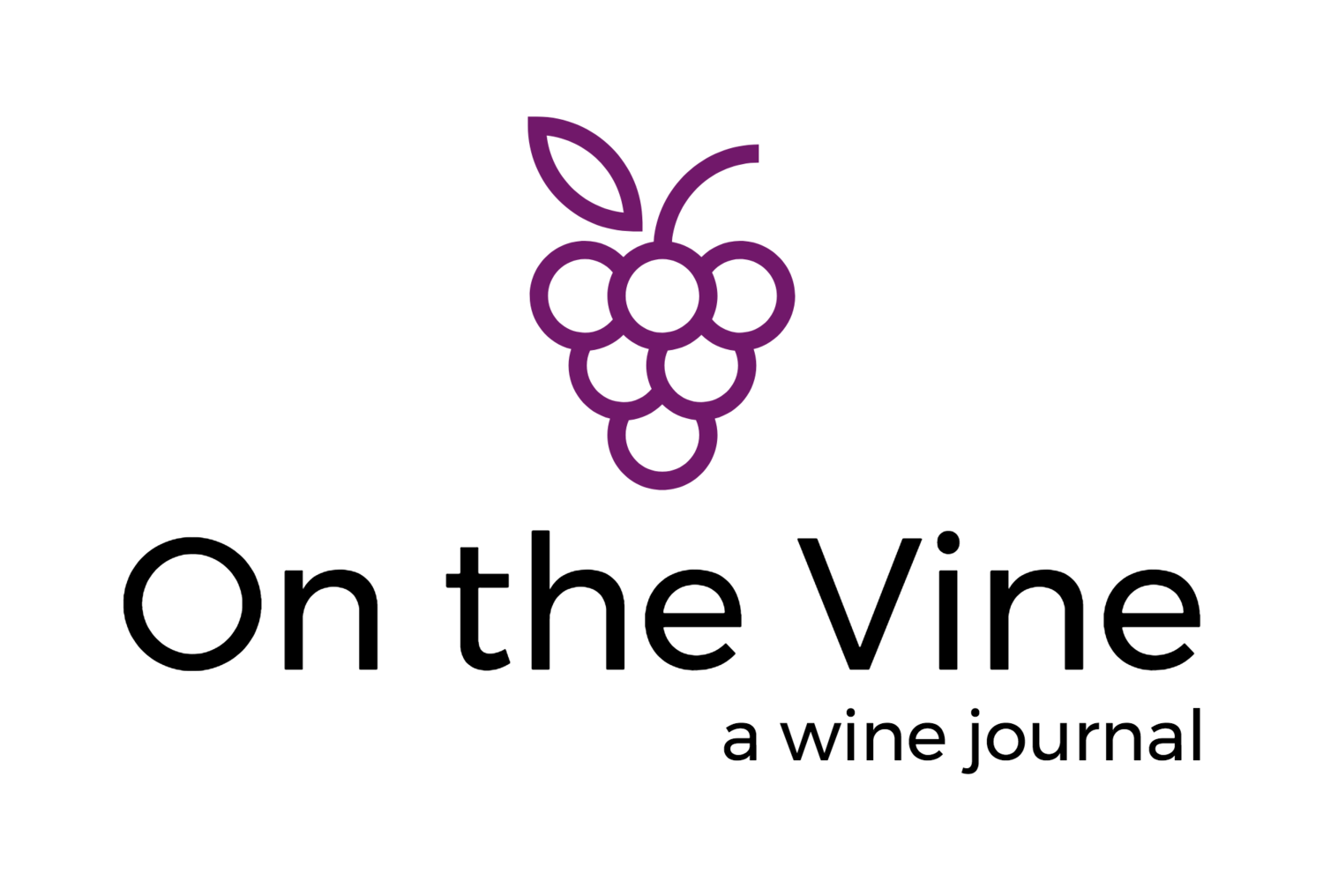Wine, Sweet Wine - 1 of 2
/While reuniting with some colleagues at a church music conference recently, the topic of sugar in wine unexpectedly arose. A friend, who must avoid refined sugar in her diet, announced, “I can only drink wine from New Zealand and South Africa because they don’t add sugar to the wines made there.*” Luckily the wine list where we dined that week accommodated her; we shared wines from those two countries and had nothing to complain about. But the experience made me realize how little I really knew about sugar in wine.
I am now convinced that at least part of my ignorance was due to the reluctance of many in the wine world to discuss the topic forthrightly. There are probably several reasons for that, but let’s first focus on the basics.
Sugar is a natural component of grapes, and the quantity of sugar they contain (measured in brix, basically a percentage of mass) is one of the most important facts that goes into determining when to pick. During fermentation, the sugar in grape juice is converted to alcohol and carbon dioxide by yeast – either naturally occurring or introduced by the wine maker. Any sugar left over is referred to as “residual sugar,” often measured in grams per liter (g/L). Even a bone-dry wine has a tiny bit of sugar (around 1g/L) because there are some sugars in the juice that simply cannot be digested by the yeast. As far as I can tell, this much is beyond debate. But, as with everything in the wine making process, there are seemingly endless variations and choices when dealing with gifts from capricious Mother Nature.
Sugar
is a natural component of wine
But what happens if the juice doesn’t have enough sugar in it to produce in the desired alcohol level in the finished wine? Maybe it’s been a cold vintage or the fruit never got ripe enough for some other reason. Here’s where controversy arises, because when this happens a wine maker may introduce additional sugar during fermentation. The process is called Chaptalizationafter one of its promoters, the late 18th-century French chemist Jean-Antoine Chaptal. The added sugar can be in the form of a concentrated grape juice, or it may be bags of C and H. The usual purpose is to feed the yeast in order to increase its byproduct (i.e., alcohol), but there are other reasons too. Chaptalization (or Enrichment, as it is sometimes called) is a long-standing practice, especially in cold climates like northern Europe. In warmer places, where ripeness is rarely an issue, it is looked down upon. Some regions prohibit its use, others sanction it according to various rules.
It is easy to understand why an industry that is increasingly promoting its “natural” practices would resist discussion of additives – especially sugar. The image of a winemaker tinkering in the cellar may not fit with labeling that touts organic, bio-dynamic or “natural wines,” or the Romantic notion that wine somehow “just happens.” A few producers include a list of ingredients on their labels – but this is not required and hardly seems popular. After all, the yeast has consumed the “evidence.”
Marketing aside, what constitutes a sweet wine? Some of the most revered wines in the world are sweet – and they are often the most complicated to make. But sweetness is avoided by many wine drinkers, perhaps because they associate it with the simple “gateway wines” that began their wine journeys. How accurately do humans perceive sweetness, anyway?
Part 2 of this post will attempt to delve into these questions and more.
* According to Jancis Robinson, (Wine Course, 2003), Chaptalization is permitted in New Zealand and prohibited in South Africa.






